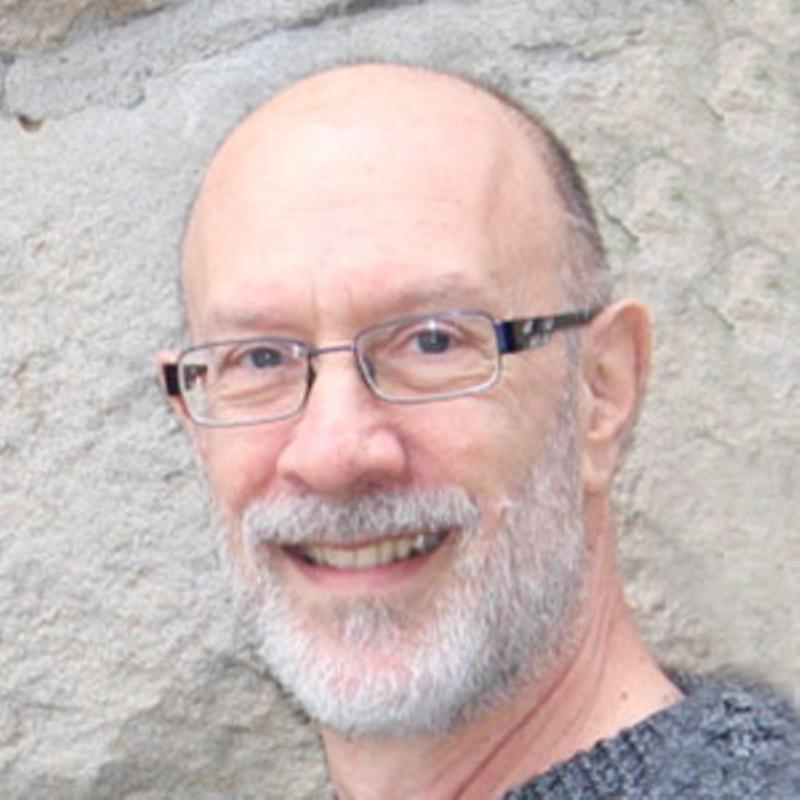My family doctor broke up with me last fall, along with all of his patients, to move over to private health care operated by Telus. We could have stayed together if I paid Telus about $4,000 a year for access to my previously public and free primary care physician.
I wrote about this experience in January, in an article The Tyee called “My Doctor Dumped Me.” To my surprise, I became a minor go-to figure for media and politicians, interviewed by newspaper, television, radio and digital outlets. The leader of the Green Party even mentioned my situation as she bemoaned the lack of action by our provincial government in addressing both the impropriety of British Columbians paying for primary care, and the lack of primary care providers across B.C. and Canada.
The specific issue of whether Telus should be allowed to offer pay-to-play health care is being examined by the Medical Services Commission, although there’s been no progress announced on the issue in the eight months or so since my article was published.
But that’s only a microcosm of the larger issues around why so many of us — 900,000 in B.C. — don’t have a primary care provider.
This issue of access to primary care has received considerable media attention, along with other health-care issues such as ER wait times, health-care provider burnout, pharmaceutical costs, nurse shortages and many others. Perhaps what’s most startling in how much attention primary care crises have drawn has been how consistent the reporting from journalists and experts has been, especially in recent years — indicating we actually do know what to do about this problem.
The recent tsunami of primary care-focused media reminded me that I was asked in 2015 by the Institute for Health System Transformation and Sustainability, a non-profit that gathers, develops and shares evidence about British Columbia’s health-care system, to explore with family doctors how they practiced their craft, and how they would like their practices to function. The resulting report, “Physician Heal Thyself,” was oddly prescient in illuminating paradigms for how primary care should be delivered, and eerily similar to the ideas reverberating in today’s public conversation around the future of primary medicine.
We interviewed 30 family physicians individually or in small focus groups, representing a variety of practice formats including individual and group practices, integrated care teams, walk-in clinics, locum placements and hospitalist positions. They represented a wide range of experience, from newly practicing family doctors to those close to retirement. Almost all had worked in walk-in clinics at some point, either during the project or in the past. (Our focus was limited to physicians, as nurse practitioners were only just becoming more prominent in the primary care system; in hindsight, the lack of nurse practitioner input is one shortcoming of the report.)
The physicians we spoke with consistently described their most important reason for choosing family practice as building long-term relationships with their patients in order to provide the best possible care. They valued the trust that grows over time between patients and primary care providers, and the opportunity to treat the whole person that comes from accumulated visits in which patients gradually share their histories, narratives and challenges. Some of the more senior physicians we interviewed expressed particular satisfaction from treating three or even four generations of family members.
Many also mentioned their feeling of being important contributing members of the communities they served. The variety and diversity of health issues they encountered was another challenging but positive element of a primary care practice, requiring a broad range of expertise and strong problem-solving abilities.
One concern we heard was around excessive administrative issues, particularly around how much paperwork is associated with the current fee-for-service payment model. High overhead costs coupled with the burden of heavy student loans, physicians told us, put pressure on them to work long hours and see many patients in quick ten-minute visits. As well, even those in group practices felt that the lack of nurses, nurse practitioners, mental health workers and administrators seriously detracted from their ability to practice quality family medicine.
Walk-in clinics were a vexing concern. Walk-ins can generate good income for physicians and clinics, but discourage the long-term relationship building that all agreed is critical for high-quality patient care. The short visits and rapid patient turnover that exemplifies walk-in medicine discourage family doctors from delving into complex health issues in a single visit, and pushes physicians towards an overly simplified approach to patients who often have interrelated health problems.
Still, all had worked in walk-in settings, some exclusively. Our interviews uncovered three factors that locked them in to a walk-in system, in spite of believing that walk-ins delivered a lower quality of patient care. The first factor was administrative; these clinics generally perform much of the administrative work so that doctors can focus on seeing patients. The second factor for many was financial; walk-ins provided an option to cram many patient appointments into a day, generating higher incomes. Some pointed to a third factor, which was an ability to arrange their hours of work and leave the job behind when they went home, favouring an equitable work-life balance over income.
When asked to imagine their ideal practice, for themselves and their patients, participants instead described working in a group practice or an integrated health-care team, with characteristics that included:
- Compensation via salary, based on number of patients rather than payment for each specific service performed. Complexity of patient health issues could be considered in this model, physicians suggested, so that salary might be based on a combination of number of patients and complexity of care;
- A full-time practice would be capped at a maximum of 1,500 patients per physician, with a lower maximum for practices with higher numbers of patients who presented complex health issues, including but not limited to disability, being elderly, addiction, pain and diabetes. Duration of each patient visit would vary from 10 to 30 minutes, depending on the complexity of care required;
- Benefits including vacation pay, their own health-care plan, pensions and possibly some formula to reduce debt from medical school tuition, perhaps forgiving a portion of student loans for every year in practice after medical school; and
- A provincially funded administrator to manage the business component of a primary care group practice.
Many physicians wanted to see practices with an integrated team that included other health professionals covering areas such as mental health, substance use, nutrition and physiotherapy. Most physicians also supported including nurse practitioners on these integrated teams.
Group practice, physicians said, would allow for the scheduling of evening and weekend office visits, with doctors taking occasional slots in addition to their scheduled weekday availability.
One surprise from our interviews was that many physicians believed there were enough doctors in B.C. to adequately serve our population. If group practices made good use of nurse practitioners — and if the province moved doctors away from walk-ins, towards group practice — there would be enough available family physicians to go around.
What we heard from doctors in 2015 echoes what we’ve been seeing as Canada faces its current and worsening primary care crisis — nothing that was proposed then isn’t being consistently advocated in most media reports now.
This begs a question: why can’t we just get there?
It’s not COVID — while the pandemic has had serious negative impacts on the delivery of pretty much every aspect of health care, the primary care shortfall has been a prominent issue for Canadians for decades.
Instead, it’s political.
Our provincial and federal governments often favour policies with the appearance of action — but without the bold systematic changes required to solve runaway issues.
In a democracy, you might think that the current upswelling of deep concern about health care among Canadian voters would lead to bolder and more comprehensive solutions, but parties in power still seem to be favouring incremental, Band-Aid approaches. For example, the Ministry of Health has been adding nurse practitioners to our primary care system, but not nearly enough. They’ve also established 26 urgent care centres to relieve pressure on emergency rooms, but they are understaffed, wait times are long, and they are just a higher-level iteration of walk-in clinics, lacking the continuity that our interviewees told us is critical for high-quality health care.
We might hope, for example, that our current NDP government in B.C. would take stronger action than we’ve seen so far. There's support among voters — and there’s support among doctors, too. In 2015, we were surprised to learn that most family physicians supported the idea of the government taking decisive action to disrupt the status quo in order to improve the structure of primary care to better serve both patients and providers.
So perhaps it’s time to take control of how primary care is structured away from health and government experts and try a different approach.
A citizen’s assembly, in which a representative slice of 150 or so B.C. residents spend six months studying and then proposing how primary care should be delivered, might be one way to break the logjam that currently separates 900,000 British Columbians from primary health care.
Citizen’s assemblies are especially useful when there’s been a long-term lack of progress via electoral or traditional public policy avenues, as is the case for primary care. And they can be particularly effective when linked to a commitment from government to implement their recommendations.
The tepid and largely unsuccessful government responses to the primary care crisis in B.C. and Canada are just not providing the health care we need and deserve.
The proposals outlined by family physicians in 2015, and now, again, in media coverage about the crisis, provide a way forward to improve primary care.
They deserve more than discussion; action is long, long overdue. ![]()
Read more: Health, BC Politics

















Tyee Commenting Guidelines
Comments that violate guidelines risk being deleted, and violations may result in a temporary or permanent user ban. Maintain the spirit of good conversation to stay in the discussion.
*Please note The Tyee is not a forum for spreading misinformation about COVID-19, denying its existence or minimizing its risk to public health.
Do:
Do not: